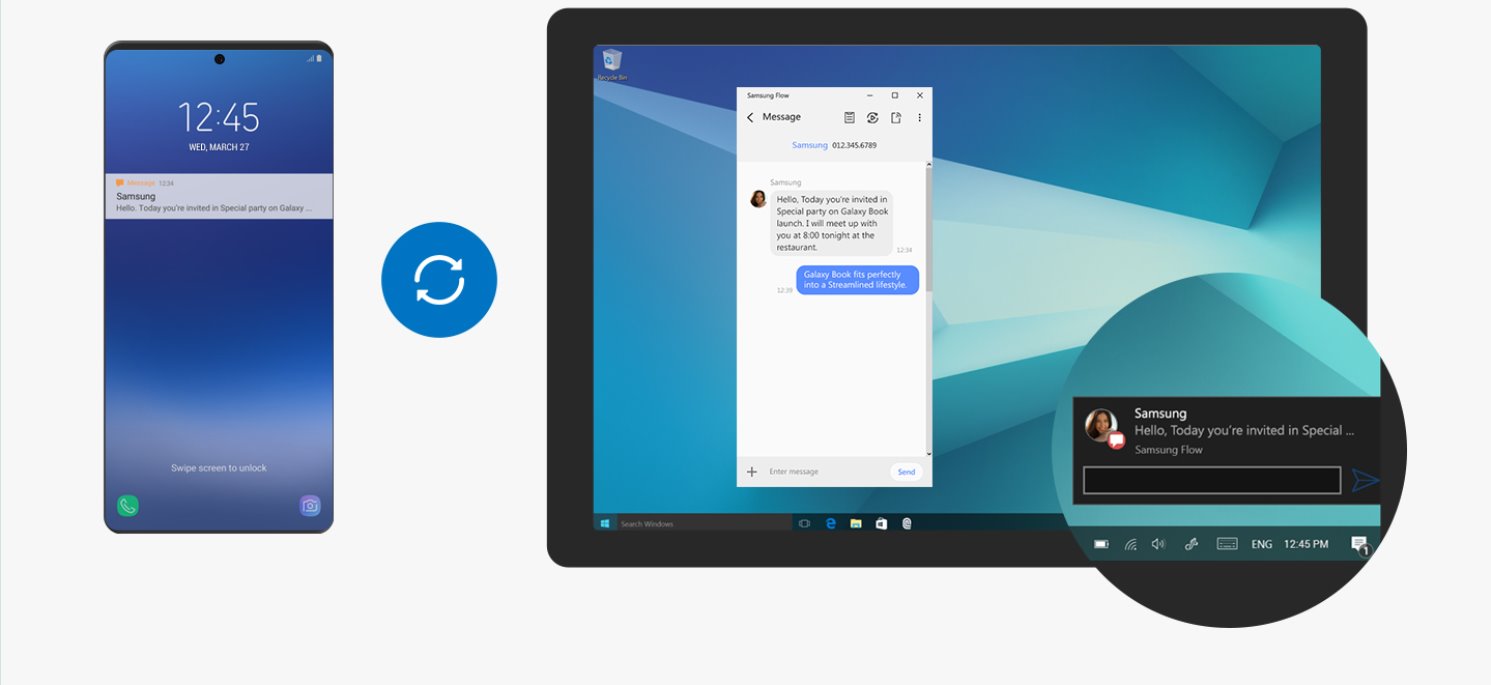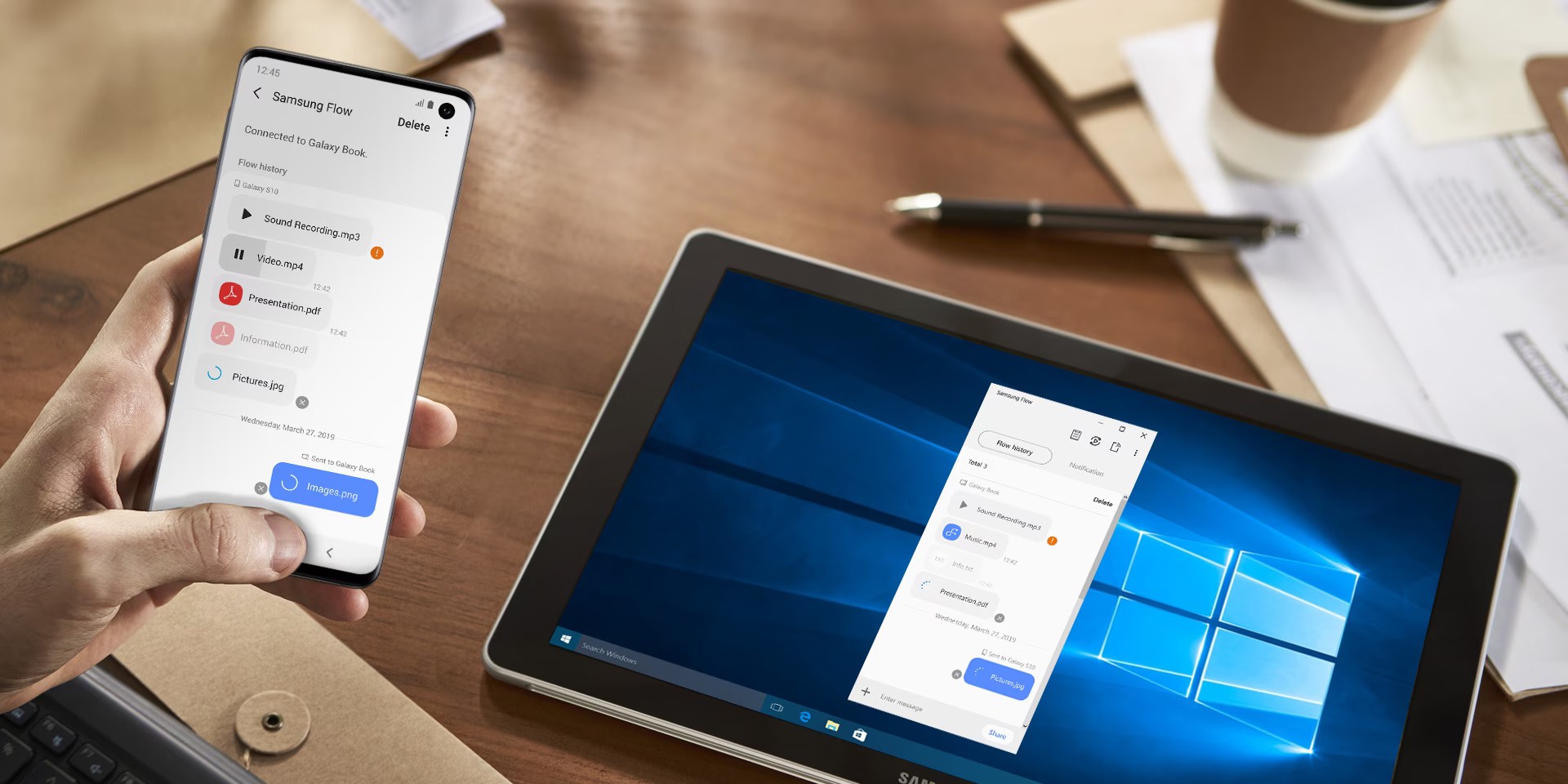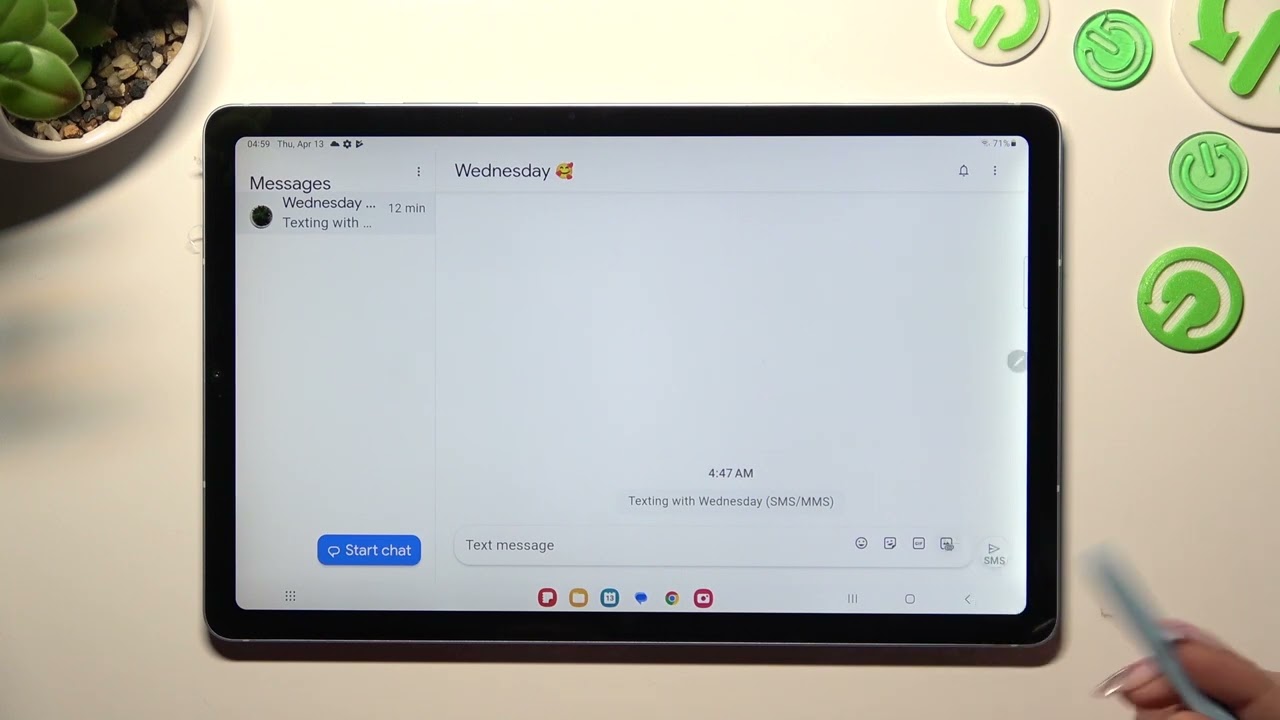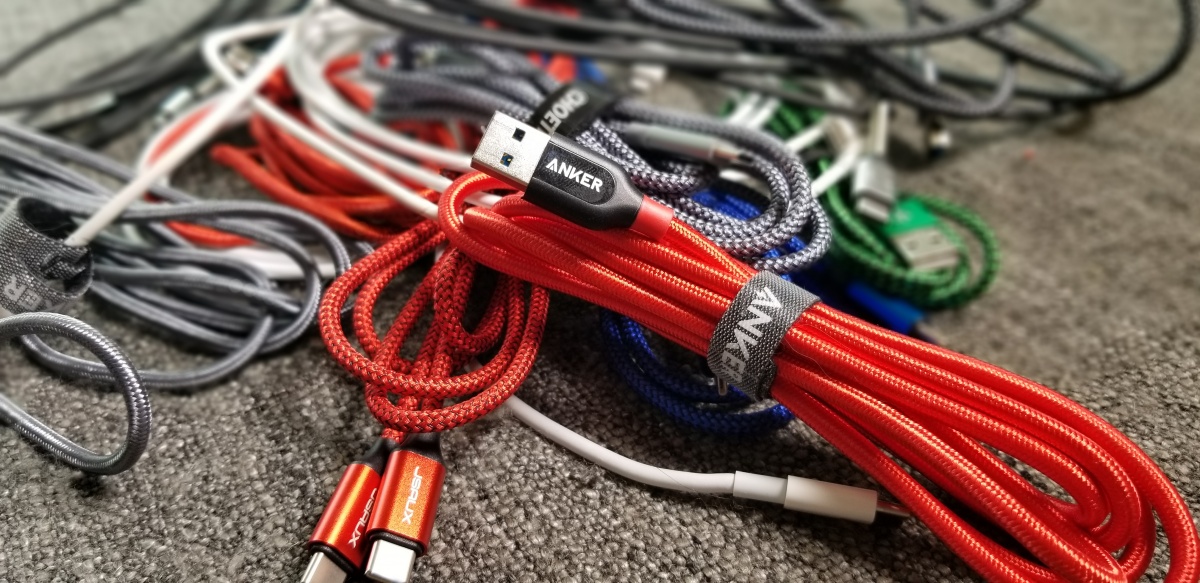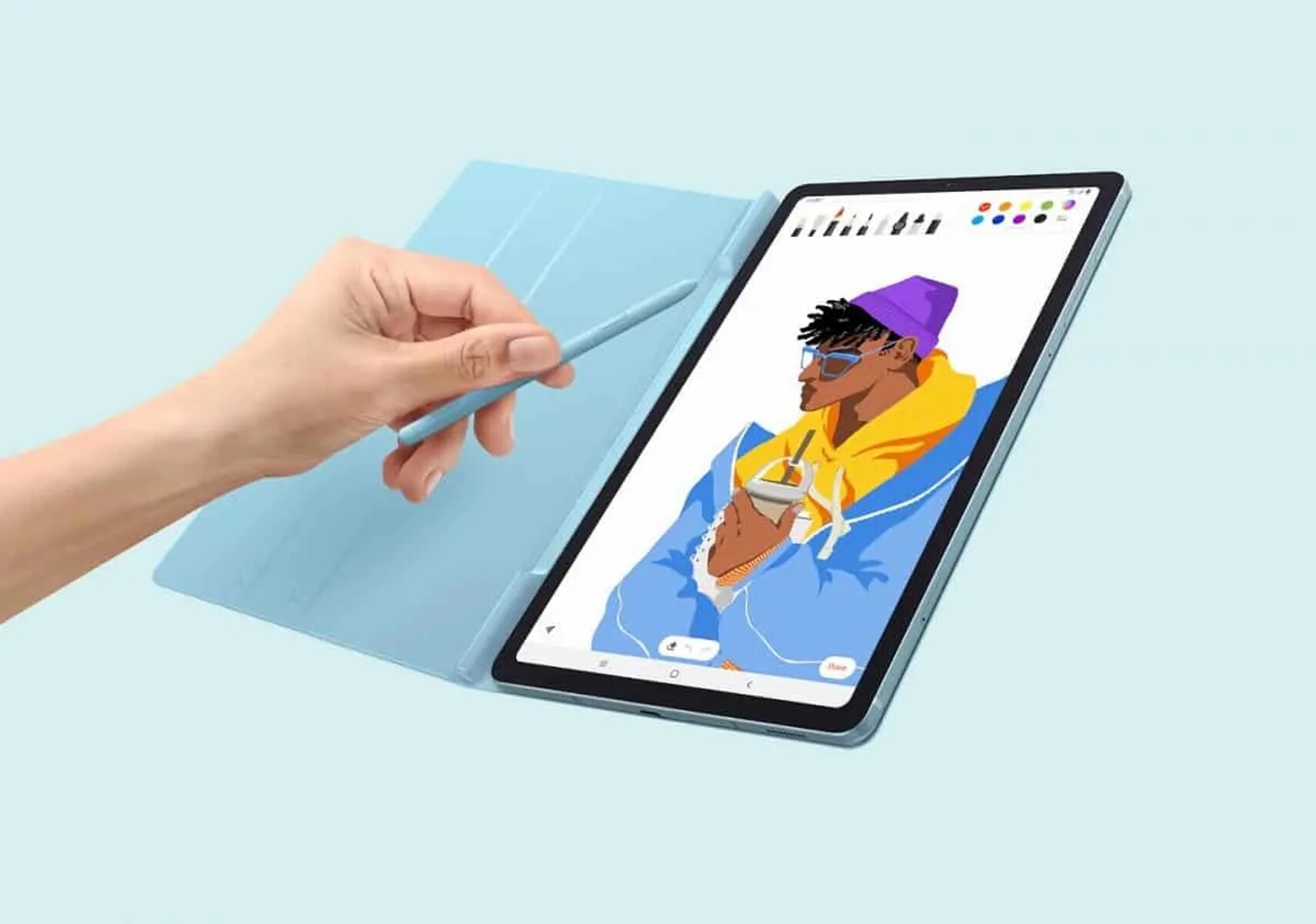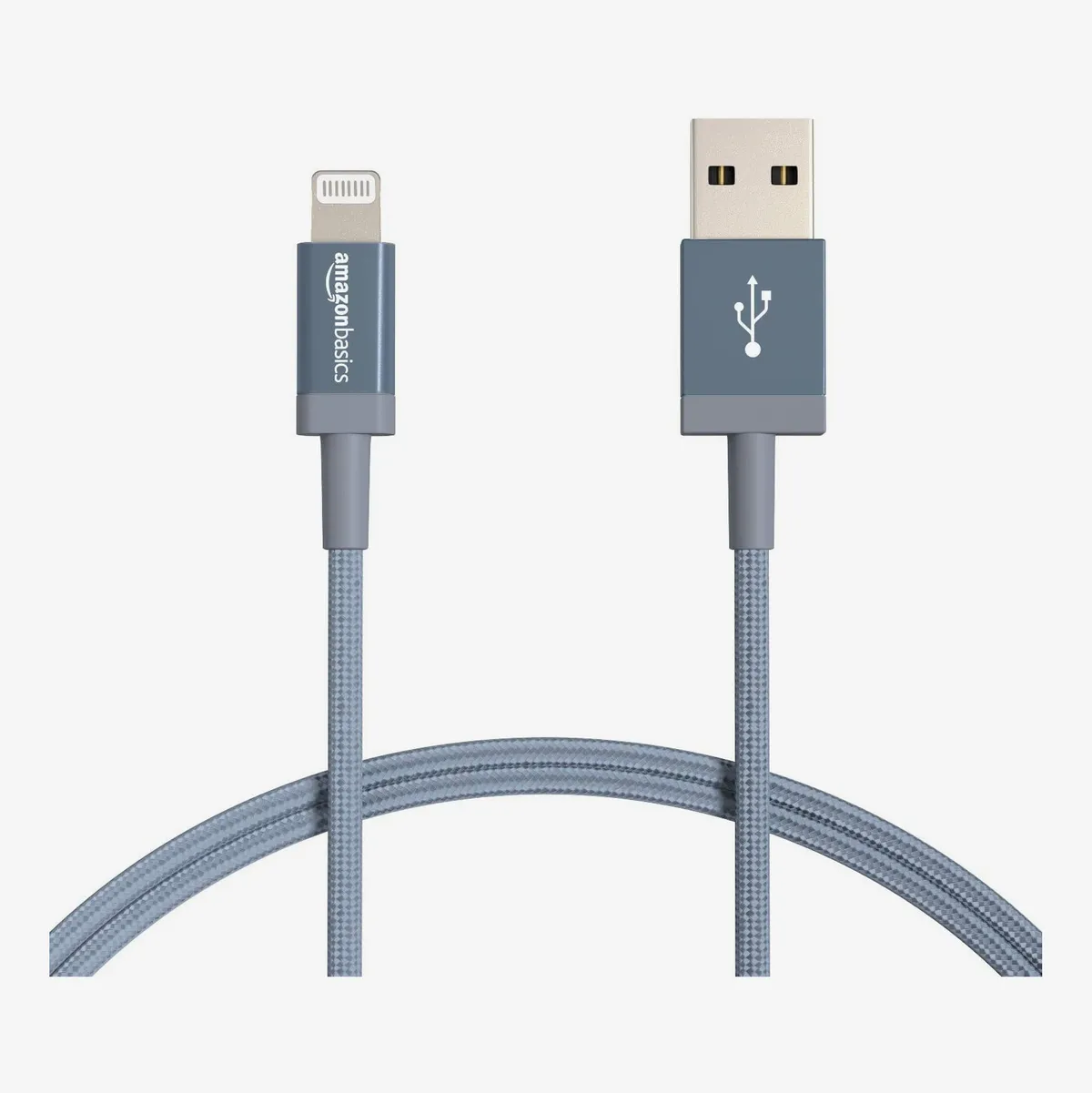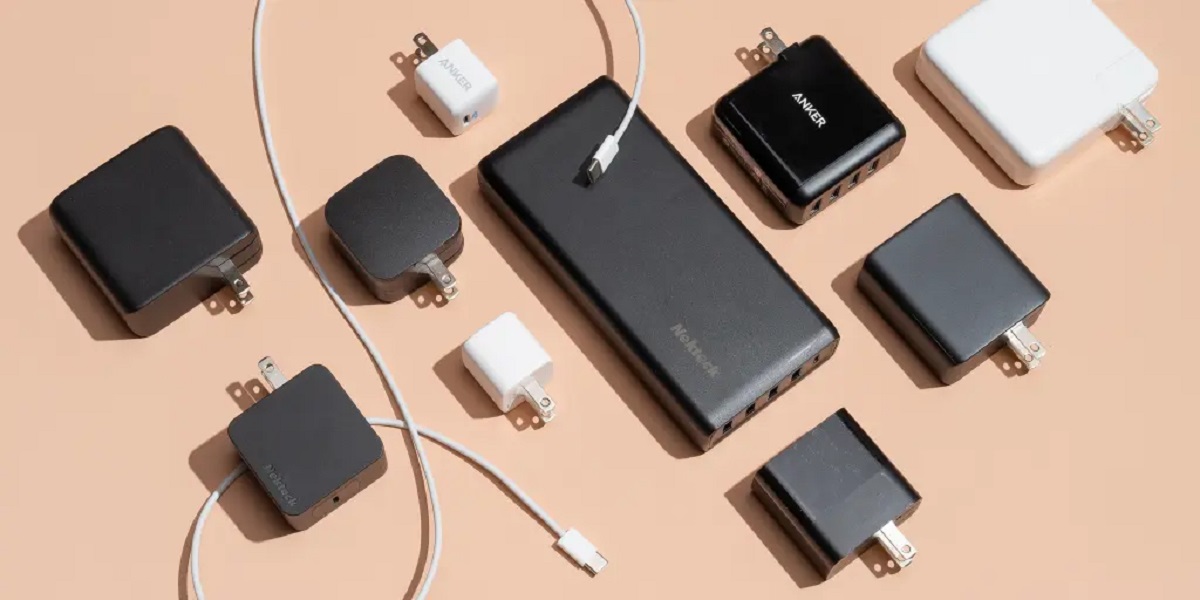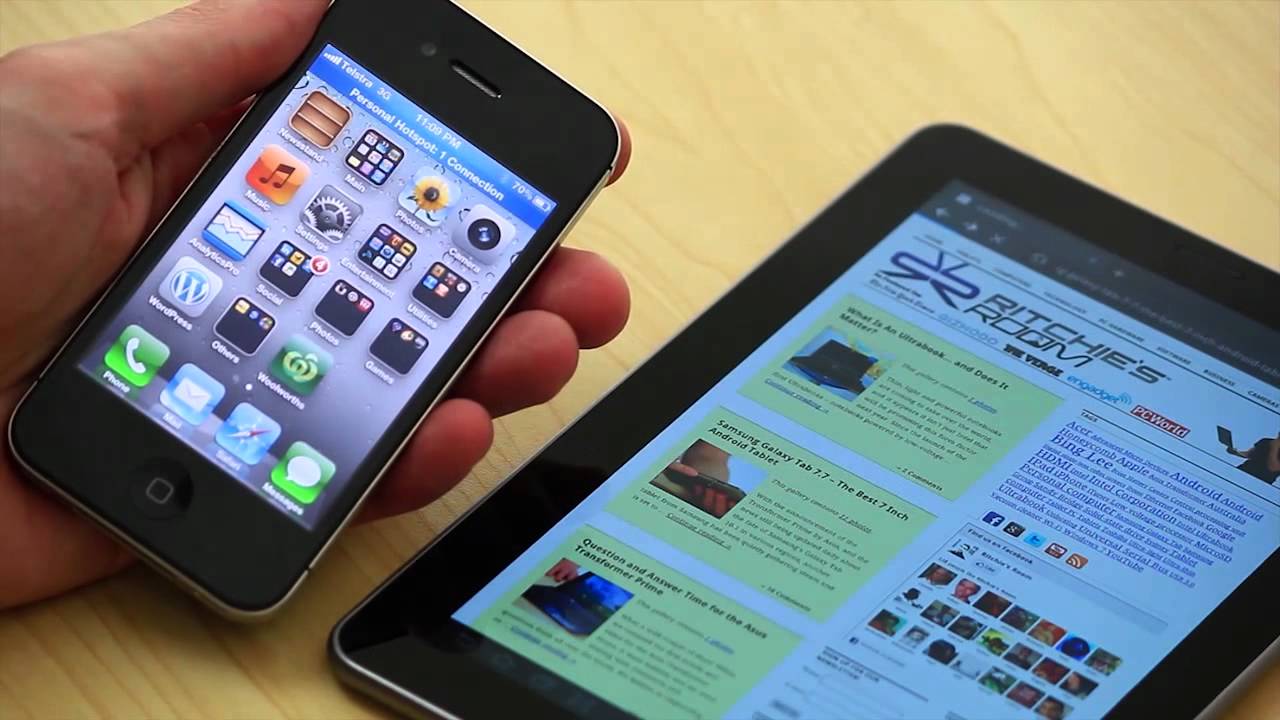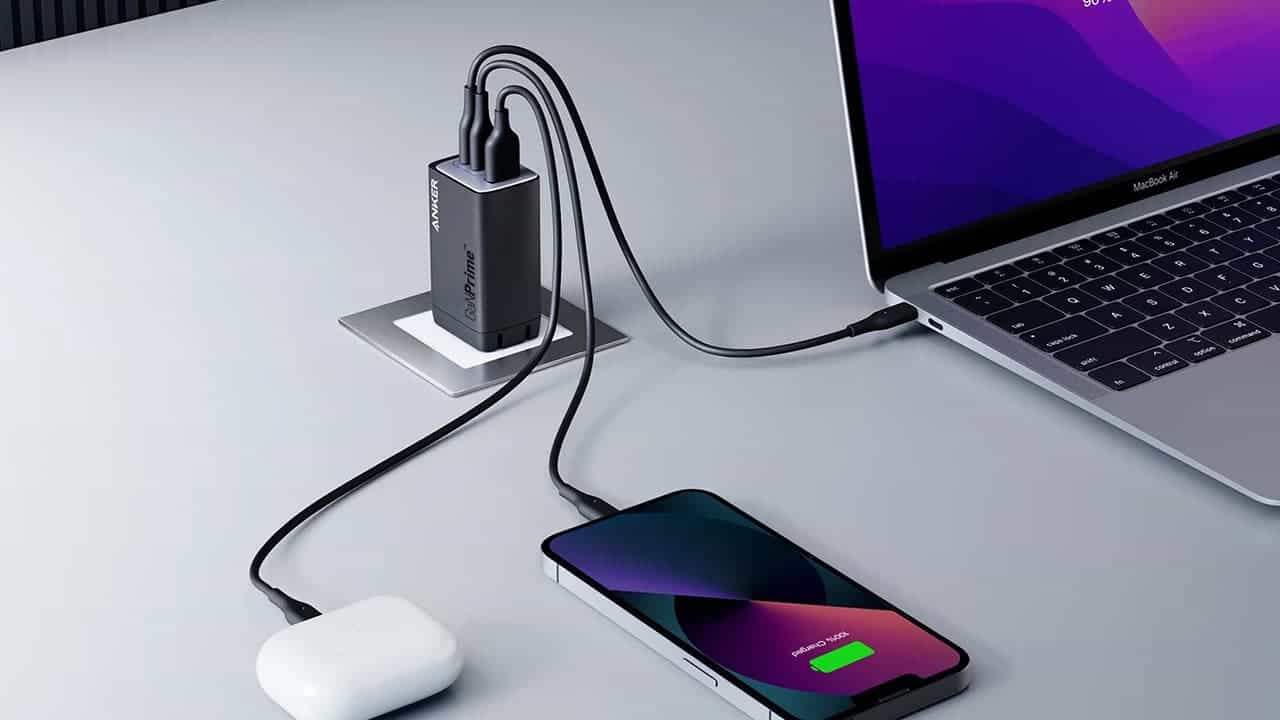Introduction
Welcome to our guide on how to sync your Samsung phone to a tablet. With the advancement of technology, it has become easier than ever to stay connected and access your important data across multiple devices. If you own a Samsung phone and tablet, syncing them can streamline your workflow and bring convenience to your daily routine.
Syncing your Samsung phone to a tablet allows you to access the same emails, contacts, calendars, and other data seamlessly on both devices. Whether you’re using a Samsung Galaxy phone or a Samsung Galaxy tablet, this guide will walk you through different methods to achieve synchronization effortlessly.
Gone are the days of manually transferring files or struggling to keep your data up-to-date on multiple devices. By following the methods outlined in this guide, you’ll be able to sync your Samsung phone to a tablet with ease and enjoy the benefits of having your data available on all your devices.
We’ll explore various methods that can be used to sync your Samsung phone to a tablet, including Samsung’s Smart Switch, Samsung’s SideSync, Google Account Sync, and Samsung Flow. Each method offers its own set of features and advantages, so you can choose the one that best fits your needs.
Whether you want to access your photos, music, documents, or other files, syncing your Samsung phone to a tablet ensures that you have everything you need at your fingertips, no matter which device you’re using. So, let’s dive into the different methods and discover how to sync your Samsung phone to a tablet!
Method 1: Using Samsung’s Smart Switch
Samsung’s Smart Switch is a powerful tool that allows you to transfer data between Samsung devices, including phones and tablets. This method ensures a seamless and efficient syncing process between your Samsung phone and tablet.
To start, make sure that both your Samsung phone and tablet have the Smart Switch app installed. If not, you can download it from the Google Play Store. Once installed, follow these steps:
- Open the Smart Switch app on both your Samsung phone and tablet.
- On your phone, tap on “Send data” and select “Wireless”.
- Next, on your tablet, choose “Receive data” and select “Wireless”.
- The app will search for nearby devices. Once your Samsung phone appears on the tablet’s screen, select it.
- You may be prompted to enter a verification code displayed on both devices to ensure a secure connection.
- Once the connection is established, you can choose the types of data you want to sync, such as contacts, messages, photos, videos, and more.
- After selecting the desired data, tap on “Transfer” to initiate the syncing process.
- Wait for the transfer to complete. This may take some time depending on the amount of data being synced.
- Once the transfer is done, you’ll receive a notification on both devices indicating the successful synchronization.
- Now, you can access the synced data on your tablet, and any changes made on your phone will reflect on the tablet, and vice versa.
Samsung’s Smart Switch offers a simple and efficient way to sync your Samsung phone to a tablet. It ensures that your data remains up-to-date across both devices, allowing for a seamless user experience. Whether you’re switching between your phone and tablet or using them simultaneously, Smart Switch makes it easy to access your information wherever you are.
Now that you have successfully synced your Samsung phone to a tablet using Smart Switch, you can enjoy the benefits of having your data readily available on both devices. Let’s explore another method for syncing your Samsung phone to a tablet.
Method 2: Using Samsung’s SideSync
Another method to sync your Samsung phone to a tablet is by using Samsung’s SideSync. SideSync allows you to connect your Samsung phone and tablet wirelessly or through a USB cable, enabling you to seamlessly view and control your phone’s screen on your tablet.
To get started with SideSync, follow these steps:
- Download and install the SideSync app on both your Samsung phone and tablet from the Google Play Store.
- Open the SideSync app on both devices.
- On your tablet, tap on “Start” and choose the connection method you prefer – either wireless or USB.
- If you choose to connect wirelessly, make sure your phone and tablet are connected to the same Wi-Fi network. Then, tap on “Search for devices” and select your Samsung phone from the list.
- If you choose to connect via USB, simply connect your phone and tablet using a USB cable.
- Once connected, you will see your phone’s screen displayed on your tablet, allowing you to control it directly from the tablet’s touch screen.
- You can now access all your phone’s apps, files, messages, and more, directly on your tablet.
- Any changes made on your phone or tablet will sync in real-time, ensuring that both devices stay up-to-date.
Samsung’s SideSync provides a convenient way to sync your Samsung phone to a tablet by extending your phone’s screen to the tablet. This method allows for easy multitasking, as you can effortlessly switch between your phone and tablet without missing a beat.
Whether you need to respond to messages, access files, or use phone-specific apps, SideSync makes it possible to do it all from your tablet. Enjoy the seamless integration between your Samsung phone and tablet with SideSync.
Now that you’ve learned about the second method for syncing your Samsung phone to a tablet using SideSync, let’s explore another approach to achieve synchronization.
Method 3: Using Google Account Sync
If you’re using a Samsung phone and tablet, you can take advantage of Google Account Sync to effortlessly sync your data across devices. Google Account Sync allows you to synchronize various types of data, including contacts, calendars, app data, and more, between your Samsung phone and tablet.
To sync your Samsung phone to a tablet using Google Account Sync, follow these steps:
- Ensure that both your Samsung phone and tablet are logged in with the same Google account.
- On your phone, go to “Settings” and tap on “Accounts”.
- Select “Google” and choose the Google account connected to both devices.
- Make sure the necessary items, such as contacts, calendars, and app data, are checked.
- Tap on “Sync now” to initiate the synchronization process.
- Wait for the synchronization to complete. The time it takes can vary depending on the amount of data being synced.
- Once the sync is finished, open the corresponding apps on your tablet, such as the Contacts app or the Calendar app, to access the synced data.
Google Account Sync ensures that your essential data, such as contacts and calendar events, are always up-to-date across your Samsung phone and tablet. Any changes made on one device will automatically reflect on the other, making it convenient to stay organized and connected.
In addition to contacts and calendars, Google Account Sync also synchronizes app data, which means that you can seamlessly switch between your Samsung phone and tablet without losing your progress in apps or games.
By leveraging Google Account Sync, you can enjoy a hassle-free syncing process and have your important data readily available on both your Samsung phone and tablet.
Now that you’ve explored the third method of syncing your Samsung phone to a tablet using Google Account Sync, let’s move on to the final method: Samsung Flow.
Method 4: Using Samsung Flow
If you want a seamless and integrated experience when syncing your Samsung phone to a tablet, Samsung Flow is an excellent option. Samsung Flow allows you to not only transfer files and notifications but also seamlessly transition between devices, making it ideal for those who frequently switch between their Samsung phone and tablet.
To sync your Samsung phone to a tablet using Samsung Flow, follow these steps:
- Ensure that both your Samsung phone and tablet have Samsung Flow installed. You can download it from the Google Play Store.
- Open Samsung Flow on both devices.
- On your phone, tap on “Start” and select your tablet from the list of available devices.
- Follow the on-screen instructions to establish a connection between your phone and tablet.
- Once the connection is established, you can transfer files, control your phone’s screen, and even answer calls directly from your tablet.
- Additionally, Samsung Flow allows you to pick up where you left off on one device and continue your tasks on the other seamlessly.
With Samsung Flow, you can quickly and easily access your phone’s notifications, documents, messages, and more on your tablet. This level of integration ensures a smooth transition between devices, allowing you to stay productive and connected throughout your day.
Furthermore, Samsung Flow supports biometric authentication, so you can use the fingerprint or iris scanner on your Samsung phone to unlock your tablet without entering a passcode. This feature adds an extra layer of convenience and security to the syncing process.
By utilizing Samsung Flow, you’ll be able to enjoy a cohesive and efficient experience when syncing your Samsung phone to a tablet, with seamless file transfers, easy control, and smooth device transitions.
Now that you’ve discovered the fourth method of syncing your Samsung phone to a tablet using Samsung Flow, let’s wrap up our guide.
Conclusion
Syncing your Samsung phone to a tablet brings a host of benefits, allowing for seamless access to your data across devices and simplifying your daily routines. In this guide, we explored four different methods to achieve synchronization: using Samsung’s Smart Switch, SideSync, Google Account Sync, and Samsung Flow.
Samsung’s Smart Switch offers a user-friendly approach to transfer data wirelessly between your Samsung phone and tablet. It ensures a smooth syncing process and eliminates the hassle of manually transferring files.
With Samsung’s SideSync, you can extend your phone’s screen to your tablet, providing a convenient way to control your phone’s functionality directly from the tablet’s touch screen. It allows for easy multitasking and effortless switching between devices.
Google Account Sync simplifies the syncing process by synchronizing your contacts, calendars, and app data across your Samsung phone and tablet. It ensures that your essential data is always up-to-date and easily accessible.
Finally, Samsung Flow offers an integrated experience, allowing seamless transitions between your Samsung phone and tablet. It provides features such as file transfer, notification mirroring, and cross-device tasks, making it ideal for users who frequently switch between devices.
Choose the method that best fits your needs and preferences to sync your Samsung phone to a tablet. Whether you want to transfer files, control your phone from your tablet, or have all your data synchronized effortlessly, these methods offer flexibility and convenience.
By following the steps outlined in this guide, you can enjoy the benefits of having your data readily available on both your Samsung phone and tablet, allowing for enhanced productivity and a streamlined user experience.
Now that you have a better understanding of how to sync your Samsung phone to a tablet, take advantage of these methods and enjoy the convenience of having your data at your fingertips, no matter which device you’re using.







